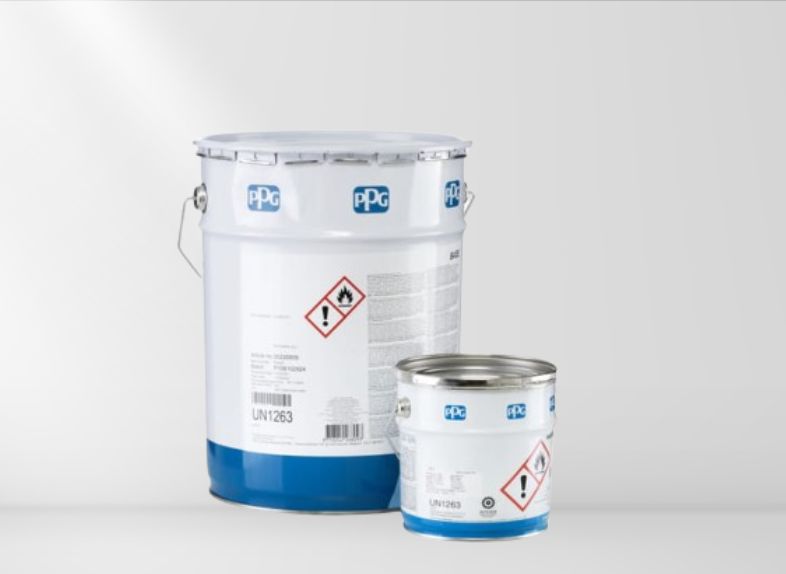Marine Coatings
Marine Coatings
Marine coatings are specialized paints and protective layers applied to the surfaces of marine vessels, offshore structures, and other maritime components. These coatings are designed to protect the structures from the harsh marine environment, including exposure to saltwater, sunlight, and various weather conditions. They serve multiple purposes, including corrosion protection, antifouling, and aesthetic enhancement.

Here are some common types of marine coatings:
- Antifouling Coatings: These coatings prevent the growth of marine organisms, such as barnacles and algae, on the hull of ships. They typically contain biocides to deter the attachment of marine life.
- Corrosion-Resistant Coatings: Applied to metal surfaces to protect against corrosion caused by exposure to saltwater and air. These coatings are crucial for extending the lifespan of marine structures.
- Ballast Tank Coatings: Ballast tanks in ships are prone to corrosion due to the constant exposure to seawater. Specialized coatings are applied to protect these tanks and ensure the structural integrity of the vessel.
- Topside Coatings: Applied to the above-water portions of a ship, such as the deck and superstructure, for protection against UV radiation, salt spray, and other environmental factors.
- Tank Coatings: Used to protect the interior surfaces of tanks in ships, such as fuel tanks and cargo holds, from corrosion and chemical exposure.
- Epoxy Coatings: Provide excellent adhesion and corrosion resistance. They are often used in marine applications where durability and protection against harsh conditions are essential.
- Polyurethane Coatings: Known for their high gloss, weather resistance, and durability, polyurethane coatings are used for aesthetic purposes on the topsides of vessels.
- Non-Skid Coatings: Applied to decks and other walking surfaces to provide traction and prevent slipping, especially important on moving or wet decks.
These coatings play a crucial role in maintaining the structural integrity, performance, and appearance of marine assets. They are subject to various industry standards and regulations to ensure their effectiveness and environmental safety.
Enquiry Now